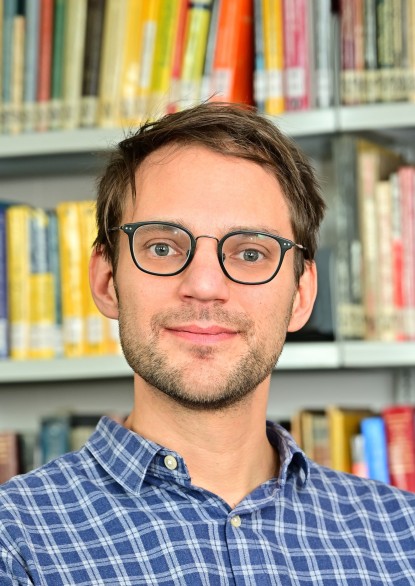Parallel in space and time
Partial or differential-algebraic equations are commonly solved in time domain by integration methods like the backward Euler scheme. Those methods subdivide the time axis into small time steps, replace for each step sequentially the derivatives by difference quotients and solve in each time step for all unknowns a nonlinear equation system. This may become very time-consuming or impossible for long time intervals and large systems of equations, in particular if the system stems from a coupled problem that consists of subproblems with different properties. Often each subproblem describes a different physical effect (multiphysics), for example electromagnetic fields and heat distribution. The subproblems are mutually connected by coupling conditions (connecting ‘inputs’ and ‘outputs’). Often, the various phenomena evolve on different time and spatial scales (multiscale). This given decomposition in subproblems can be exploited to parallelize the simulation (in space and time) and thus reduce the time to solution considerably.
Recommended external content
We have selected external content from YouTube for you and would like to show it to you right here. To do this, you must reveal it with one click. You can hide the external content at any time with another click.
I agree to external content from YouTube being shown to me. This may result in personal data being transmitted to third-party platforms. You can find more information in our Privacy Policy.
We are working on parallel-in-time methods, e.g. co-simulation, waveform-relaxation (opens in new tab) or Parareal methods. They aim at solving problems more efficiently. The ideas are similar to iterative methods for linear equation systems.


